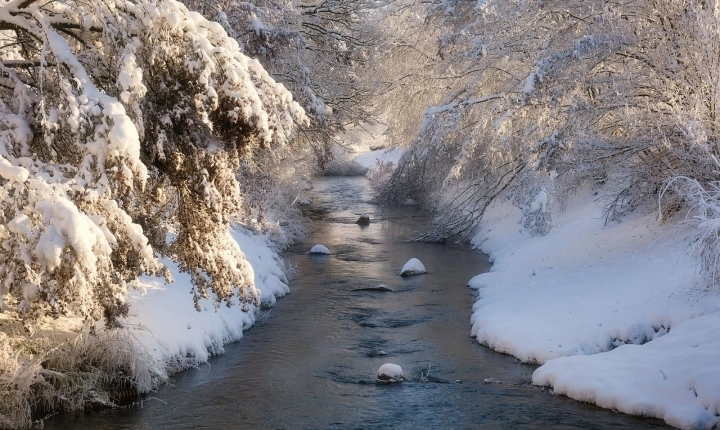Title: Exploring the Best AI for Generating Images
Introduction
As artificial intelligence (AI) continues to advance, one of the most exciting applications is in the generation of images. With AI models becoming increasingly sophisticated, they are now capable of creating astonishingly realistic images, often indistinguishable from those captured by a human photographer. However, not all AI image generation systems are created equal, and the quest to find the best AI for generating images is ongoing. In this article, we will explore some of the most prominent AI models in this field and examine their capabilities, strengths, and limitations.
Generative Adversarial Networks (GANs)
Generative Adversarial Networks (GANs) have emerged as one of the most powerful and widely used AI frameworks for image generation. GANs consist of two neural networks – a generator and a discriminator – that work in tandem to produce high-quality images. The generator creates images from random noise, while the discriminator evaluates these images and provides feedback to the generator. Through continuous training and feedback, GANs are able to generate highly realistic images with remarkable fidelity to real-world scenes.
One of the most well-known examples of GANs in image generation is the StyleGAN series developed by NVIDIA. StyleGAN has demonstrated remarkable capabilities in creating photorealistic faces, landscapes, and even artwork. Its ability to capture intricate details and produce images with high visual fidelity has solidified StyleGAN’s reputation as a top contender in the field of AI image generation.
Variational Autoencoders (VAEs)
Variational Autoencoders (VAEs) are another class of AI models that have shown promise in generating images. VAEs are generative models that learn to reconstruct input images and generate new ones through a process of probabilistic inference. Unlike GANs, VAEs are designed to learn a latent representation of input images, which can then be used to generate new images with similar attributes.
While VAEs may not always achieve the same level of visual realism as GANs, they excel at capturing the underlying structure and variability in the input data. This makes VAEs well-suited for tasks such as image generation in domains where preserving the diversity of the input data is crucial, such as in medical imaging and scientific simulations.
BigGAN and CLIP
BigGAN, developed by OpenAI, is a large-scale GAN model designed to generate high-resolution and diverse images across a wide range of categories. By leveraging extensive computational resources and advanced training techniques, BigGAN has been able to produce images with exceptional clarity and richness, setting a new benchmark for GAN performance.
In conjunction with BigGAN, the Contrastive Language-Image Pretraining (CLIP) model has revolutionized the way AI generates and understands images. CLIP utilizes large-scale datasets of images and their associated textual descriptions to learn a powerful joint representation of text and images. This allows CLIP to understand and generate images based on natural language descriptions, opening up new possibilities for AI-driven image generation and understanding.
Conclusion
The field of AI image generation has witnessed remarkable progress, driven by the development of sophisticated models such as GANs, VAEs, BigGAN, and CLIP. These AI systems are pushing the boundaries of what is possible in generating highly realistic and diverse images, with applications ranging from artistic creativity to practical use cases in medicine, design, and more.
While each of these AI models has its own strengths and limitations, collectively they represent a new era in image generation capabilities. As research and development in AI continue to advance, we can expect even more impressive advancements in the field of AI image generation, paving the way for new creative possibilities and practical applications in various industries.
